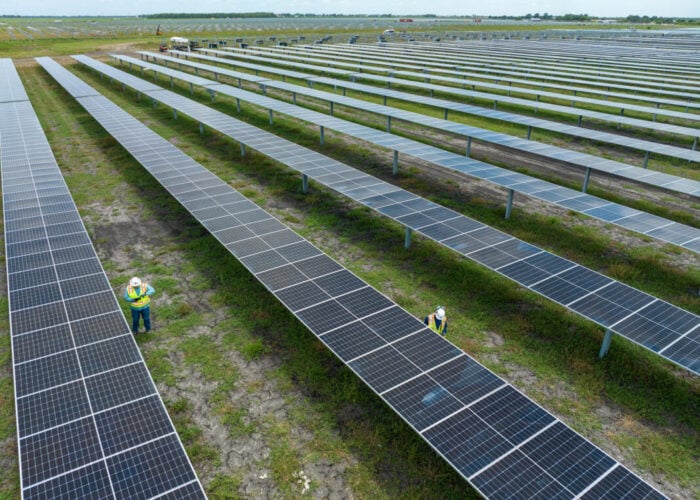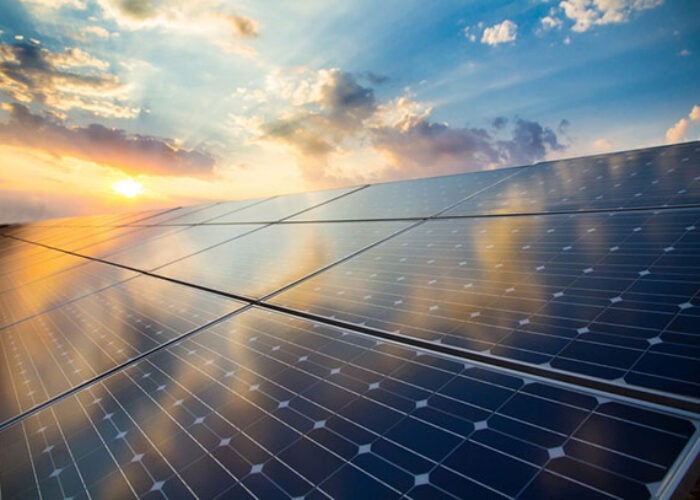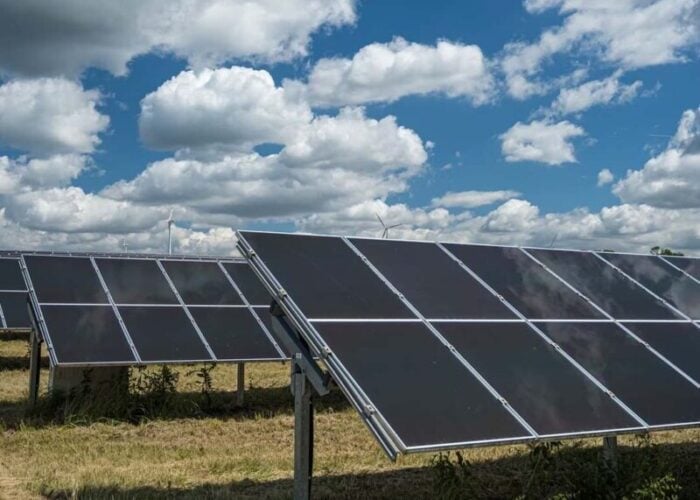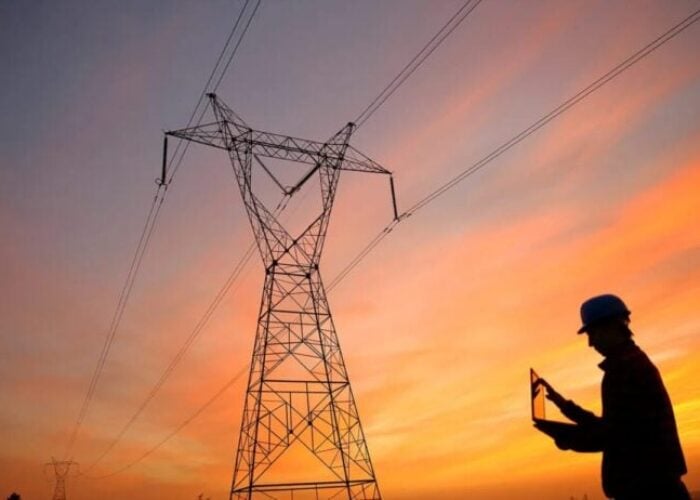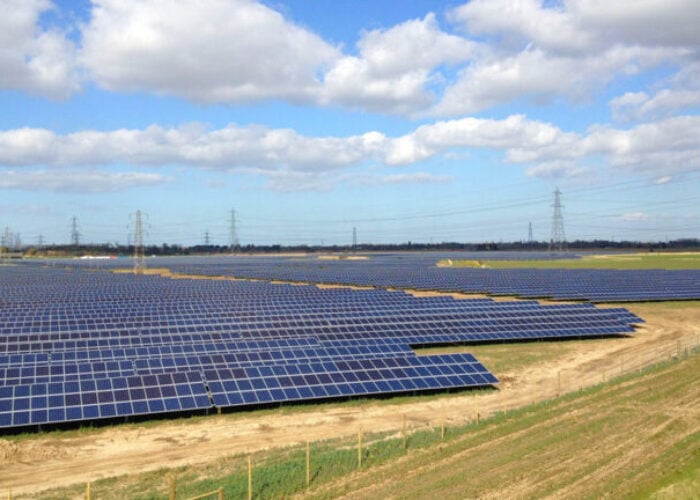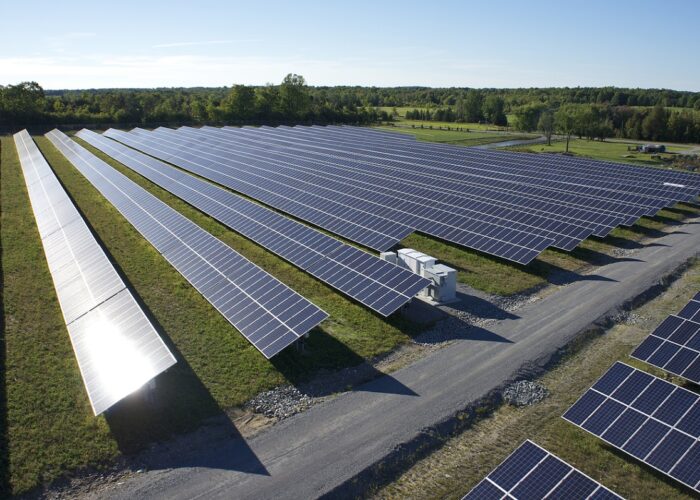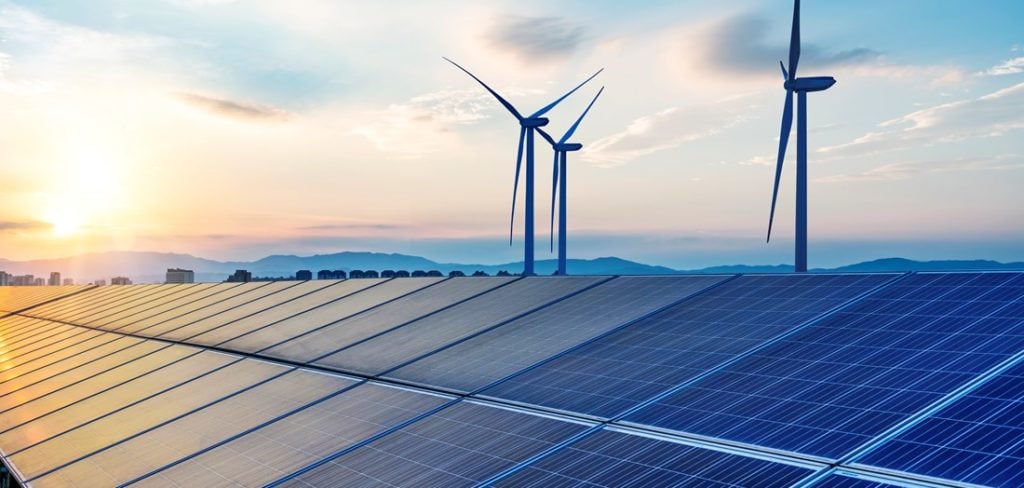
The Australian government’s latest Energy Update 2024 report has revealed that large-scale solar PV power generation has grown more than 20-fold in the last six years.
The report, published by the government’s Department of Climate Change, Energy, the Environment and Water (DCCEEW) on Wednesday (28 August), covers data for 2022-23. It states that solar electricity generation grew 21% year-on-year in 2022-23 and is 11 times higher than a decade ago.
Unlock unlimited access for 12 whole months of distinctive global analysis
Photovoltaics International is now included.
- Regular insight and analysis of the industry’s biggest developments
- In-depth interviews with the industry’s leading figures
- Unlimited digital access to the PV Tech Power journal catalogue
- Unlimited digital access to the Photovoltaics International journal catalogue
- Access to more than 1,000 technical papers
- Discounts on Solar Media’s portfolio of events, in-person and virtual
It also indicates that renewable electricity generation increased by 11% year-on-year, accounting for 34% (93TWh) of Australia’s electricity generation. In the national electricity market (NEM), this figure increases to 37% in the electricity mix.
The report notes that this rise has been aided by the “rapid expansion of solar PV and wind electricity production”. It signals that cumulative electricity generation also increased by 1% year-on-year during the same period.
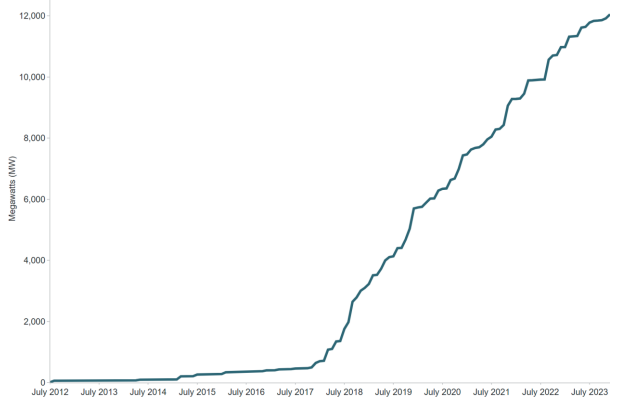
Large-scale solar grew significantly in South Australia in 2022-23, amounting to around 47% year-on-year growth. In 2023, the largest source of renewable energy generation was solar PV (16% of total generation), followed by wind (12%) and hydro (6%).
In 2023, renewable energy generation in Australia increased to 35% of total generation, reaching 96TWh, the highest ever recorded. Specifically, solar energy accounted for 16% of total generation, while wind energy accounted for 12%.
In what will be another welcome boost to the renewable energy sector, fossil fuel generation also fell to record lows in the southern and eastern states, declining by 7% on average over the last decade. Coal-fired generation also fell to 47% in 2022-23 and 46% in 2023, compared to a 64% share a decade ago.
The report states that solar power has been the largest contributor to renewable energy generation since 2019-20. It also grew the fastest again in 2022-23, further widening the gap between solar power and wind generation. Solar photovoltaic (PV) accounted for 45% of all renewable energy generation and 15% of total electricity generation in Australia. It has been growing by an average of 27% per year over the last decade.
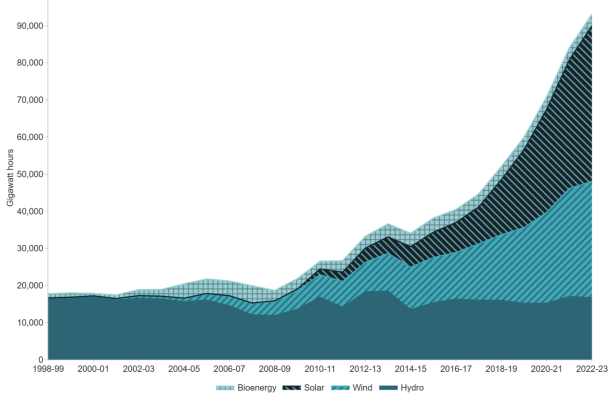
South Australia and Tasmania see highest renewable energy consumption
The report also indicates that energy consumption in the electricity supply sector decreased in most states due to replacing thermal generation sources, such as coal and gas, with non-thermal renewable energy sources. Solar PV generation displaced thermal power in New South Wales, South Australia, and Queensland, while wind power was the primary replacement in Victoria.
In 2022-23, South Australia and Tasmania were identified as the two states with the highest renewable energy consumption. Tasmania, which is 100% self-sufficient in renewable electricity generation and has been net zero in six out of the last seven years, saw 42% of its energy from its vast hydropower reserves, while South Australia saw 18% from its abundant solar PV and wind resources.
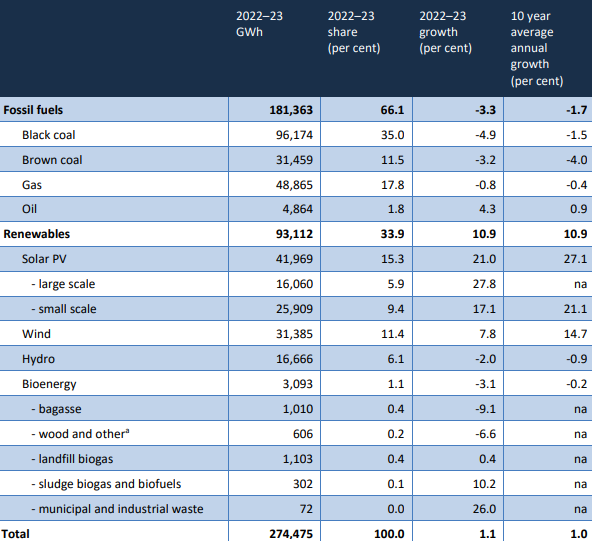
In 2023, Tasmania generated 98% of its energy from renewable energy sources, with 77% coming from hydropower. South Australia’s renewable energy share was 74%, with wind contributing 44% and solar 30% to the total generation.
New South Wales and Queensland were the main producers of large-scale solar electricity, with 39% and 37% of Australia’s utility-scale solar power, respectively. They were also the leading producers of small-scale solar electricity (29% and 28% respectively).
New South Wales had the largest share of coal (37%) of all Australia’s states and Territories. Readers of PV Tech will be aware that Australia’s largest coal-fired power plant, the 2.8GWh Eraring power station is located in the state, owned by Origin Energy.
In early 2022, Origin said it would be retiring the coal-fired power plant in 2025, yet in May 2024, the New South Wales government controversially extended this by an additional two years to “guarantee a maximum of electricity supply”. The new expected closure date is scheduled for August 2027.

